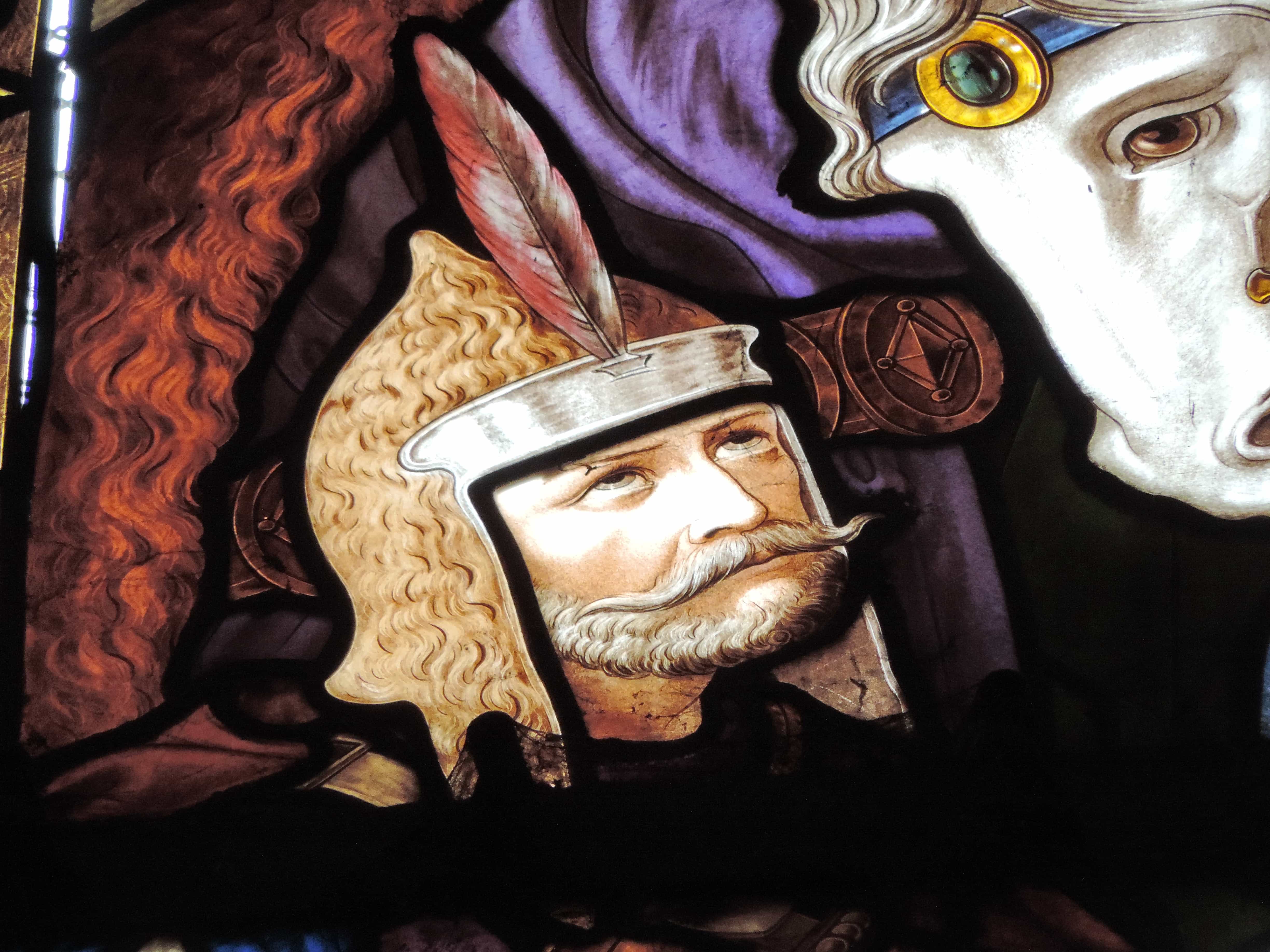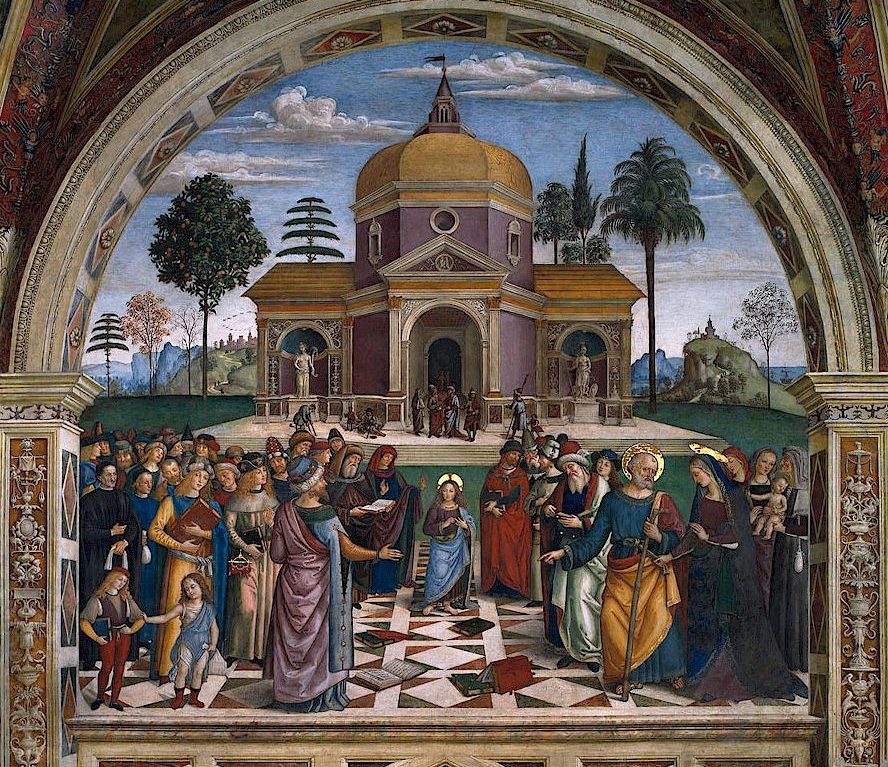
- Medieval art series#
- Medieval art free#
Gothic Architecture in Spain: Invention and Imitation.Gothic Ivory Sculpture: Content and Context.Collaboration and its (Dis)Contents: Art, Architecture, and Photography since 1950.Modernist Games: Cézanne and his Card Players.Ruskin’s Ecologies: Figures of Relation from Modern Painters to The Storm-Cloud.Revisiting the Monument: Fifty Years Since Panofsky’s Tomb Sculpture.Towards an Art History of the Parish Church, 1200–1399.

Imagining The Apocalypse: Art And The End Times.A State of Vital Exhaustion, Harry Woodlock, 2020.Expiration: the last breath, Franco “Bifo” Berardi, 2018.The Burnout Society, Byung-Chul Han, 2015.Faint with Light: Marianna Simnett in conversation with Sarah Wilson.
 Staying open: Rózsa Farkas on space in the reality of coronavirus.
Staying open: Rózsa Farkas on space in the reality of coronavirus. Medieval art free#
Render visible: on wellness and free markets with Ed Fornieles.Creators in the get-rich economy: An ‘In Conversation’ with Arnaud Esquerre, Prof Sarah Wilson and Harry Woodlock.Enrichment: A Critique of Commodities, Luc Boltanski and Arnaud Esquerre, 2020.State of Insecurity: Government of the Precarious, Isabell Lorey, 2015.Vital Exhaustion: Late Capitalism and the Crisis of Pain.Conversations in Contemporary Asian Art.
Medieval art series#
Utopia Constructed: 2016 Friends Lecture Series. Facing the Future: Museums and the Next Generation. Modernities: Architecture/Design/Theory. Art of the Buddhist World: History and Conservation. “What a Hazard a Letter Is”: Correspondence in Feminist Art, Art Writing, and Art History, from Emily Dickinson to Now. Courtauld Cambridge Russian Research Centre (CCRAC). Global Early Modern: Connecting Cultures. Painting Pairs: Art History and Technical Study. Crossing Frontiers: Christians and Muslims and their Art in Eastern Anatolia and the Caucasus. Exploring Fourteenth-Century Art Across the Eastern and Western Christian World. Marie-Louise von Motesiczky Charitable Trust Collaborative MA Programme. Eros, Thanatos, and the Throuple: Alfred Gilbert’s Mors Janua Vitae (1908). Sex/Gender/Work: Samak Kosem’s Chiang Mai Ethnography (2017-present). (Dis)Embodying the biomolecular sex: The lapse of identity in Jes Fan’s hormone works (2017 – 2018). Gendered Readings of the Earliest Women’s Suffrage Iconoclasm. The Ashcan School and Camden Town Group Comparative Project. CFP: Carolee Schneemann: Body Politics. Call for Papers: A One-day Colloquium on the Cloisters Cross. Call for Papers: The Itinerant Shrine: Art, History, and the Multiple Geographies of the Holy House of Loreto. Support for Externally Funded Postdoctoral Awards. Now in far closer contact with western European networks, the art of Anglo-Saxon England was still flourishing at the time of the Norman Conquest. Among the revived culture’s glories was opus anglicanum (‘English work’) embroidery, recognised as the finest in Europe (the Bayeux Tapestry represents the apogee of this tradition), and a new ‘Winchester Style’ of illuminated manuscripts. Alfred’s use of the spoken vernacular (English) language rather than Latin for scholarly works was an innovation, enabling it to develop as a written language much earlier than other European languages.Īnd English art did revive, despite the further Viking raids which gave rise to the Battle of Maldon (991), the most moving of the old-style heroic poems. The Alfred Jewel, a masterpiece of English metalwork, is probably the handle of one of the precious word-pointers he sent with them. The king himself was involved in translating basic Latin works into English which he considered ‘necessary for all men to know’, sending copies to every English bishopric. 
King Alfred of Wessex (r.871–99) set out to rebuild learning in English rather than Latin following the wholesale destruction of English art and culture that occurred during the mid-9th-century Viking depredations.







 0 kommentar(er)
0 kommentar(er)
